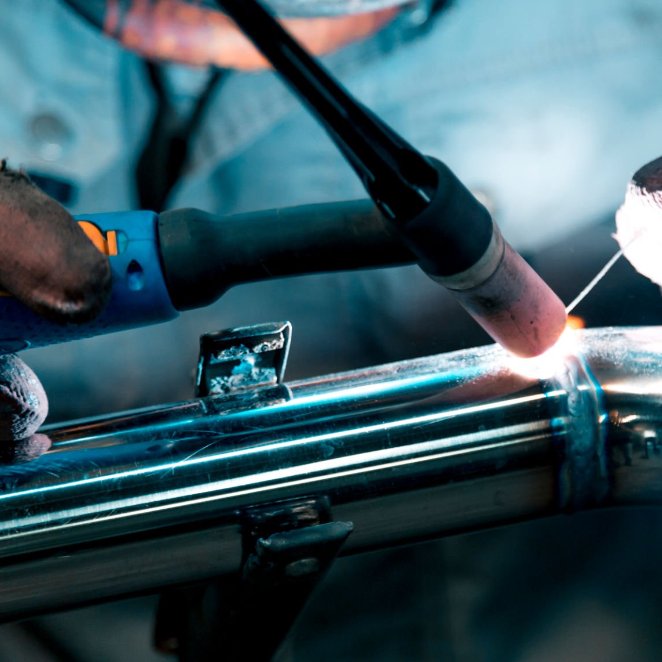We use cookies on our website to give you the most relevant experience by remembering your preferences and repeat visits. By clicking “Accept”, you consent to the use of ALL the cookies.

In sheet metal manufacturing, the welding of stainless steel materials is a key process that affects the quality and performance of products. This paper will introduce in detail the welding methods of stainless steel materials in sheet metal manufacturing, including welding process, application scenarios, advantages and disadvantages.
1. Classification of welding methods:
The welding methods of stainless steel materials mainly include the followings:
a. TIG welding: also known as argon arc welding, inert gas shielded welding, beautiful weld, small penetration, suitable for high welding quality requirements of the occasion.
b. MIG/MAG welding: Inert gas (MIG) or active gas (MAG) protection welding, larger penetration, suitable for high production efficiency requirements of the occasion.
c. Resistance welding: by heating, pressure and current, the two stainless steel materials are welded together, suitable for welding sheet materials.
d. Solder welding: The use of solder as a filling material, by melting solder to weld stainless steel materials together, suitable for fine welding work.
2. Application scenario of welding method:
a. TIG welding: suitable for high welding quality requirements, precision welding process control requirements, such as aerospace, medical equipment and other fields.
b. MIG/MAG welding: Suitable for mass production, high welding efficiency requirements, such as automobile manufacturing, home appliance manufacturing and other industries.
c. Resistance welding: suitable for welding sheet materials, requiring the appearance of the weld, such as electronic products, hardware products and other fields.
d. Solder welding: suitable for the welding process requirements are not high, welding parts are difficult to reach the occasion, such as micro electronic equipment, toy manufacturing and other fields.
3. Advantages and disadvantages of welding method:
a. TIG welding: the advantages include beautiful weld and high welding quality, but the disadvantages are complex process, difficult operation and low production efficiency.
b. MIG/MAG welding: the advantages include high production efficiency and easy operation, the disadvantage is that the welding quality is slightly worse than TIG welding, and it is not suitable for occasions with extremely high welding quality requirements.
c. Resistance welding: the advantages include fast welding speed and low cost, the disadvantage is that the weld quality is relatively poor, not suitable for welding thick plate materials.
d. Solder welding: the advantage is simple operation, low cost, the disadvantage is that the welding strength is low, not suitable for occasions requiring high welding strength.

4. Summary:
In sheet metal manufacturing, choosing the right welding method is crucial to ensuring product quality and production efficiency. Different welding methods are suitable for different application scenarios, and enterprises should reasonably choose welding methods according to their own needs and product characteristics, and constantly optimize and improve in practice to improve production efficiency and product quality.

